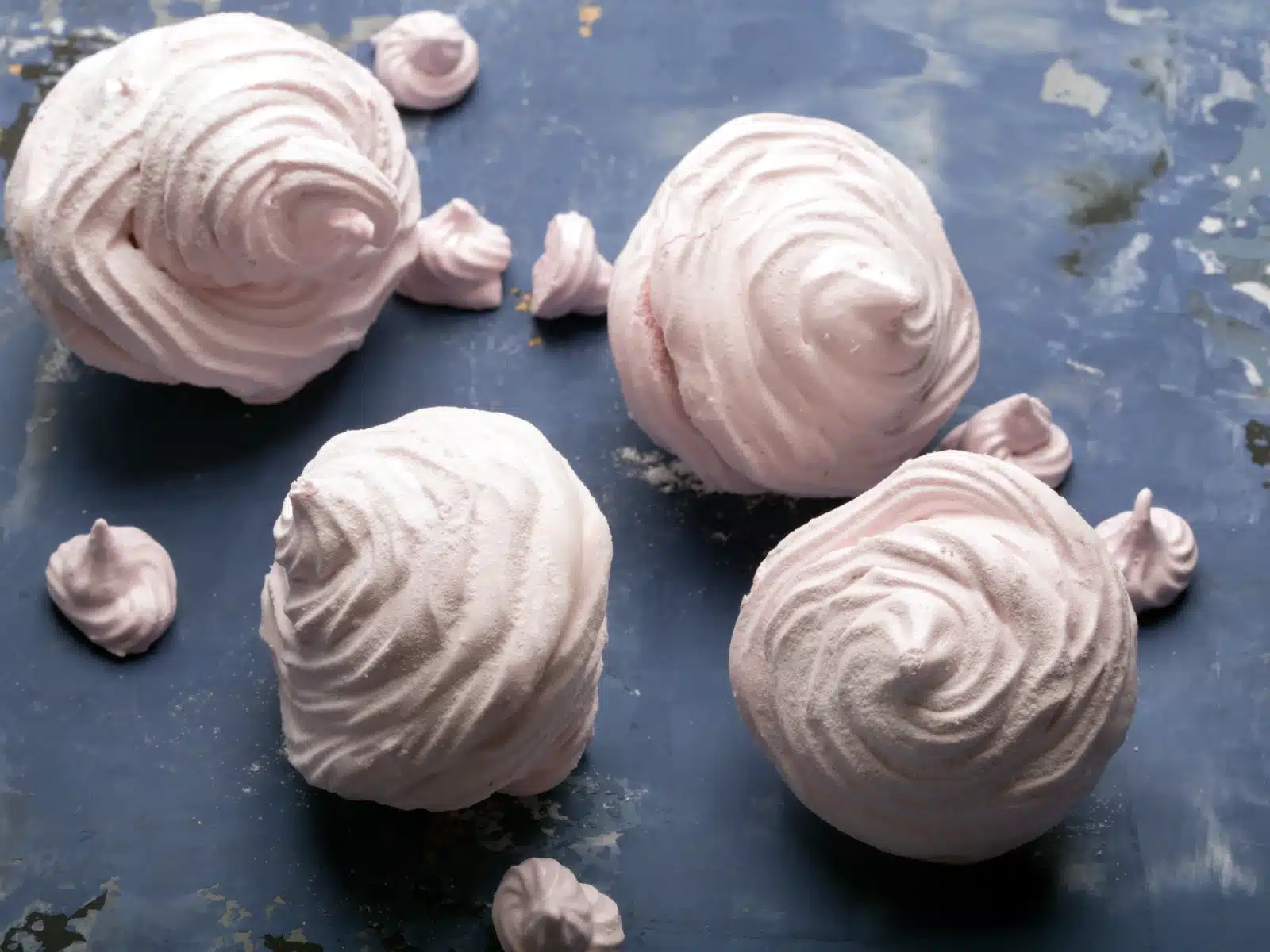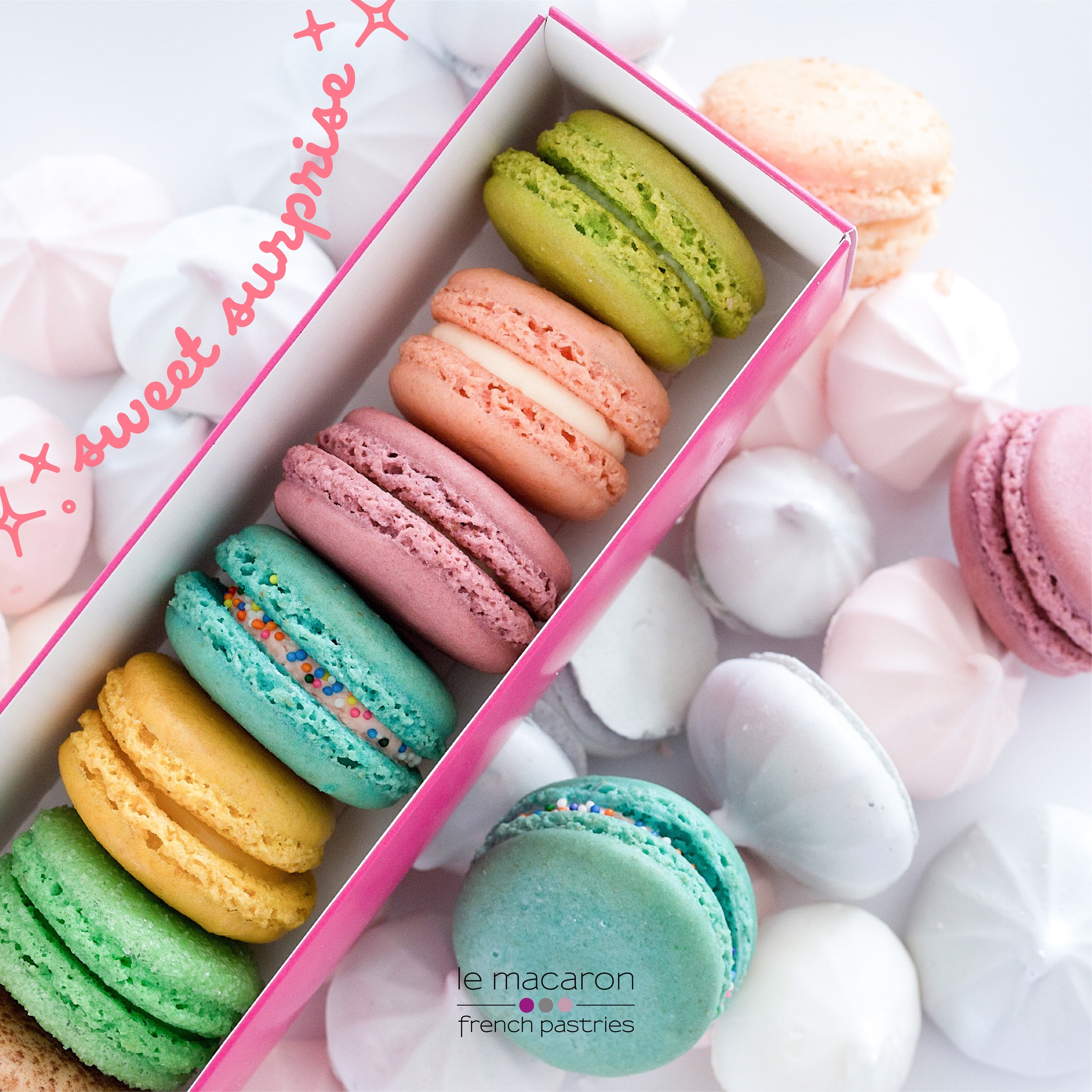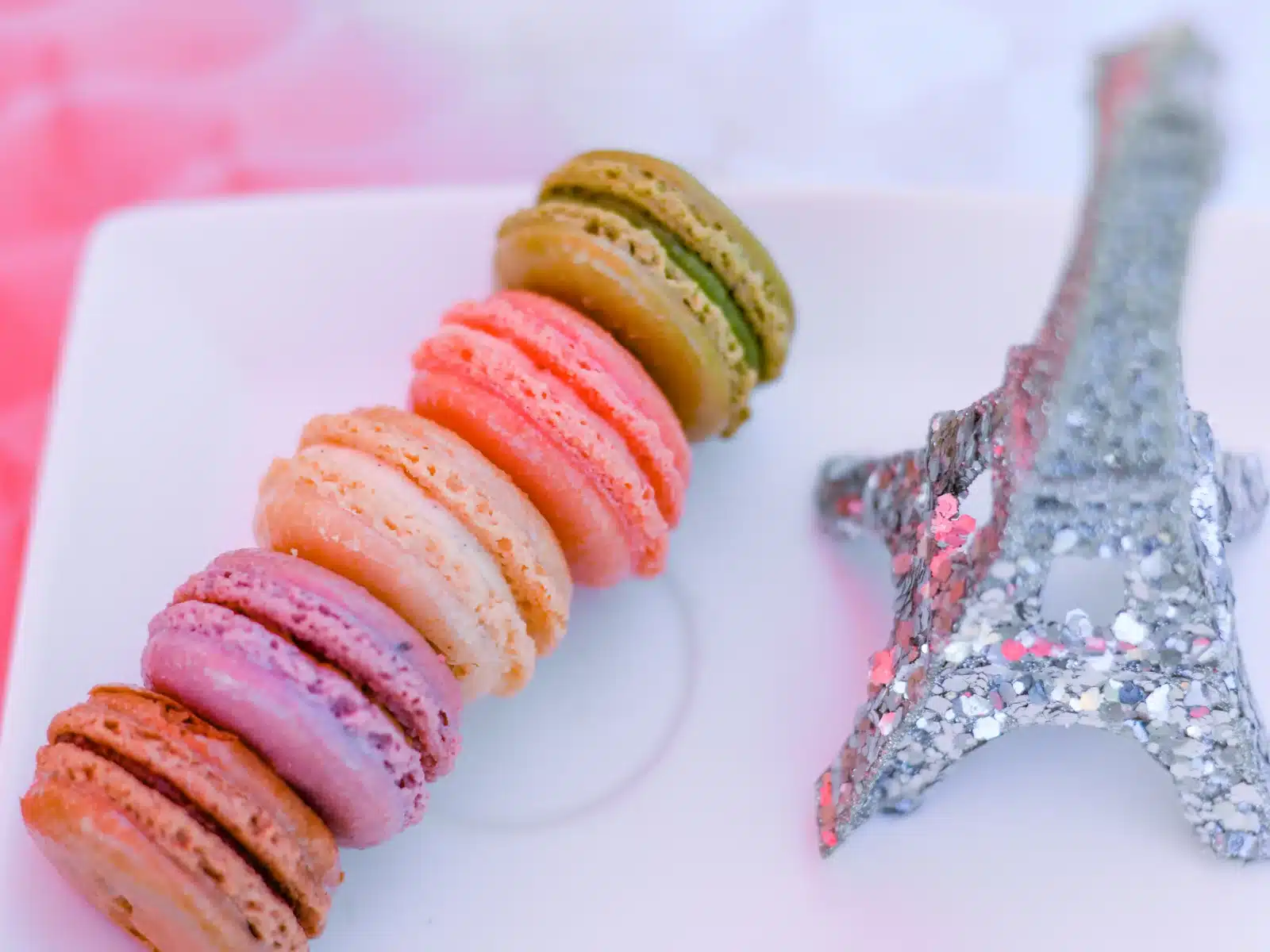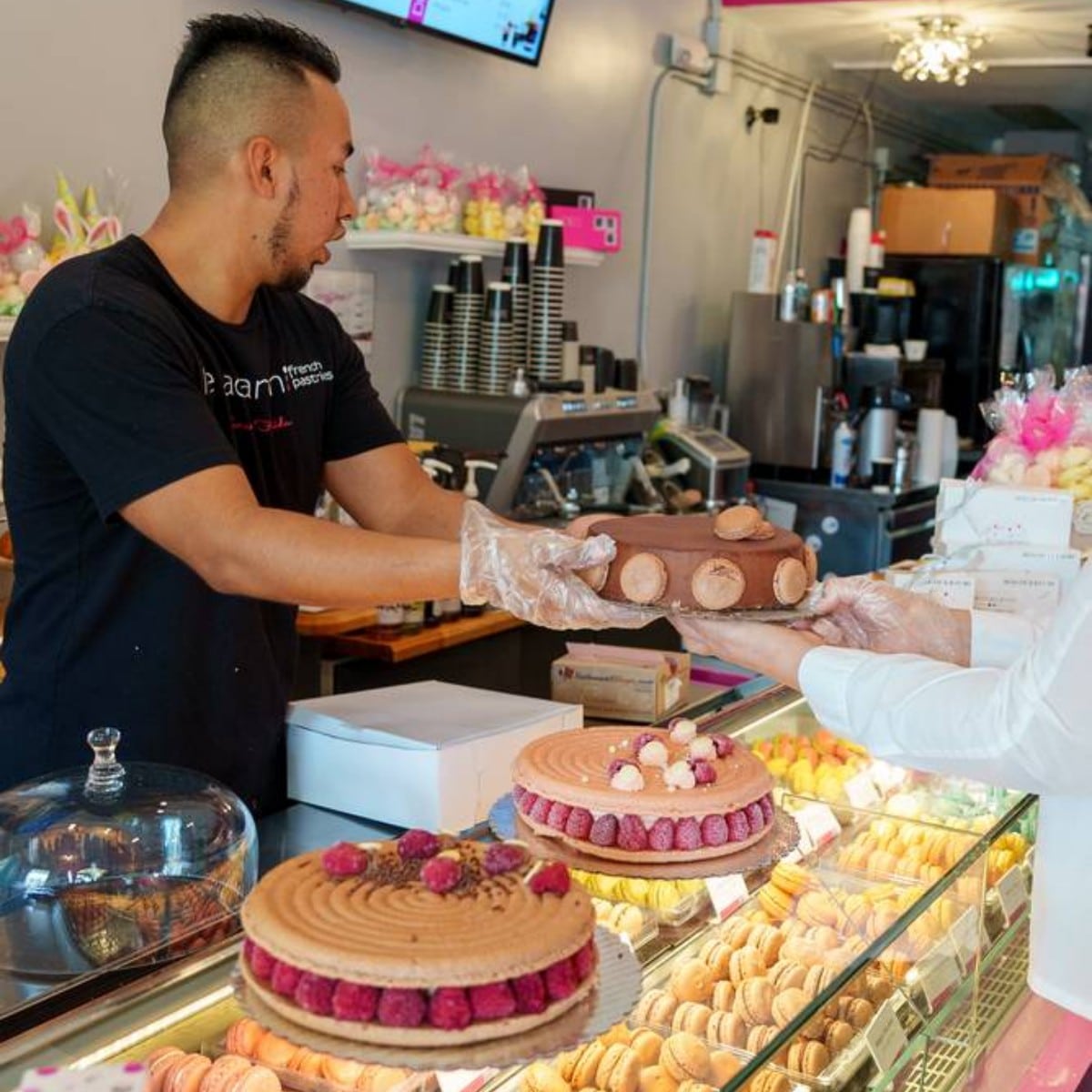Meringue is a magical dessert. Airy, sweet, and endlessly versatile, the French meringue is a cousin of the macaron and just as scrumptious. Made from just egg whites and sugar, it transforms into crisp, melt-in-your-mouth perfection with just the right meringue technique, and chefs spend years perfecting their methods to get just the right shape and consistency.
Among the different types of meringue, French meringue is the simplest and most common, while Swiss (made by gently heating egg whites over a double boiler before whipping) meringue offers a silkier, creamier alternative. Below, we’ll explore French meringue dessert in depth, including its ingredients, techniques, dessert pairings, differences between similar desserts, and where you can find the most outstanding meringue offerings in your area.
What Is French Meringue? Definition and History
The first documented recipes for French meringue appear in 17th century manuscripts, indicating that this airy delight has been enjoyed for well over 200 years. While the origins of the word “meringue” are still murky, French meringue is the most basic and traditional form of this particular recipe. Made by whipping egg whites into stiff peaks and gradually incorporating sugar until the mixture becomes glossy and voluminous, this sweetly simple dessert has delighted diners for decades.
Consumer trends highlight a consistent demand for indulgent treats, with studies showing over half of consumers enjoy dessert at least weekly , making timeless, skillfully crafted meringues a perennial favorite[1].
Unlike Swiss or Italian meringue (made by slowly pouring hot sugar syrup into whipped egg whites), French meringue is not cooked during preparation, making it light and delicate but also more prone to deflating or weeping (i.e. releasing moisture), hence the necessity of highly-skilled artisans, such as those at Le Macaron French Bakery, in order to get ideal results.
Ingredients for French meringue include:
- Egg whites (room temperature for best volume)
- Granulated sugar (fine sugar dissolves better)
- A pinch of salt or cream of tartar (stabilizes the egg whites)
- Optional: Vanilla extract, lemon juice, or vinegar (for flavor and stability)
Key Techniques to make your own perfect French Meringue
- Clean, Dry Bowl & Whisk: Any trace of grease or water can prevent egg whites from whipping properly
- Room-Temperature Egg Whites: They whip up faster and hold more air
- Gradual Sugar Addition: Add sugar one tablespoon at a time after soft peaks form to ensure it dissolves fully
- Stiff Peaks: The meringue should hold its shape when the whisk is lifted
- Low & Slow Baking: Bake at 200–225°F (95–110°C) for 1–2 hours to dry out the meringue without browning too much.
Creative French Meringue Dessert Ideas & Pairings
French meringue is incredibly versatile! Classic meringue cookies blend the best of both worlds into a single delicious treat, while pavlovas take the concept of meringues to new heights of crispness and softness. Meringues make excellent cake toppings too, as exemplified by Le Macaron French Bakery’s exquisite lemon meringue tart. The bakery crafts a dramatically decadent yet delicate dessert through its combination of French meringue and cake that serves as the perfect compliment to any celebration.
Other delectable French meringue-toppable dishes like eton mess and floating islands are out there waiting for you to try. What new combinations will you discover?
Flavor and Texture Pairings

French meringue blends wonderfully with a host of other flavors and textures. The silky sweetness that meringues bring to the table make them a welcome addition to many dishes, particularly those containing tart fruits such as raspberries or lemons, by bringing a touch of sweetness to balance out the sour. Creamy elements like whipped cream, custard, or ice cream can be used to double down on the meringues’ richness, and crunchy textures like nuts or caramel shards can contrast beautifully with the airy lightness of French meringue.
The cute, single-serve nature of the French meringue, much like the macaron, makes it a wonderful visual enhancement and convenient party snack as well. Whether on their own or piled atop another larger dish, meringues are certain to catch eyes and capture attention until every last one of them has been picked clean from the table.
Swiss Meringue vs French Meringue: What’s the Difference?
While both French and Swiss meringue are both widely adored, there are a few meaningful differences between the two; one may perform as a better compliment to some flavors over the other. Here’s a brief breakdown of what sets these two European favorites apart:
Comparing Preparation, Stability, and Texture
| French Meringue | Swiss Meringue | |
| Preparation | Raw egg whites whipped with sugar | Egg whites + sugar heated over a water bath, then whipped |
| Stability | Least stable (can weep or deflate) | More stable (holds shape better) |
| Texture | Light, airy, crisp | Denser, smoother, marshmallow-like |
| Common Uses | Cookies, pavlova, pie toppings | Buttercream, mousses, torched desserts |
| Difficulty | Simple | Slightly more complicated |
Finding Authentic French Meringue Near You: Visit Le Macaron
If you’re eager to try this delicate sweet treat but aren’t planning on flying to Paris anytime soon, Le Macaron has got your back. With their wonderful selection of French meringue, unbelievably tasty lemon meringue tarts, macarons, pastries, and other crave-worthy desserts, you’ll find new taste experiences and authentic, old world-inspired flavors. Who knows, perhaps you’ll even get inspired to craft your own creative combinations!
Stop by your nearest Le Macaron store to see what all they have to offer, and bon appetit!





